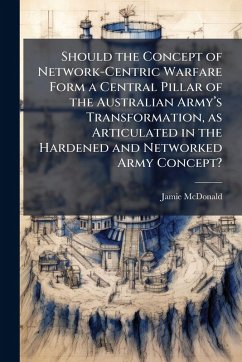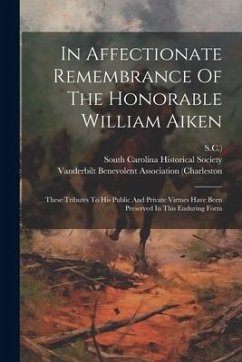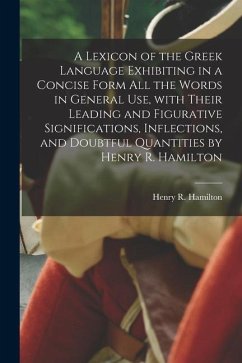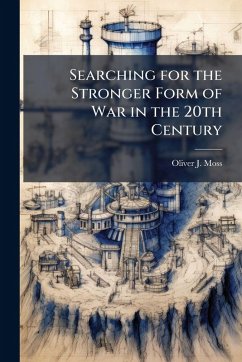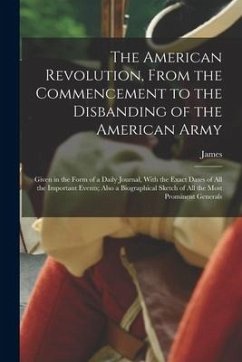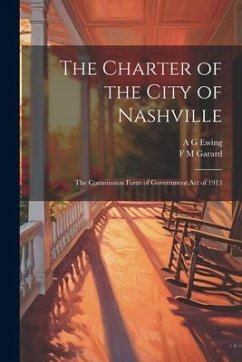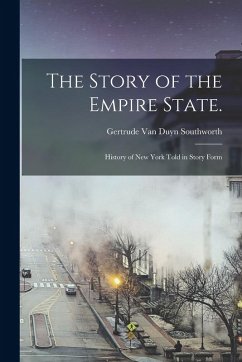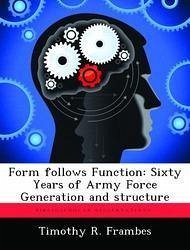
Form Follows Function
Sixty Years of Army Force Generation and Structure
Versandkostenfrei!
Versandfertig in über 4 Wochen
15,99 €
inkl. MwSt.

PAYBACK Punkte
8 °P sammeln!
Extending from the Cold War through the current Era of Persistent Conflict, the Army implemented a number of force structure changes in response to the existing and predicted strategic environment. Similar to the architectural standard phrase that "Form Follows Function," Army force structure and force generating processes each represent a form evolved over time to satisfy the function of projecting military strength. The current Army process of force generation, termed ARFORGEN, serves as the model and process through which conventional Army combat forces are trained, resourced, and certified...
Extending from the Cold War through the current Era of Persistent Conflict, the Army implemented a number of force structure changes in response to the existing and predicted strategic environment. Similar to the architectural standard phrase that "Form Follows Function," Army force structure and force generating processes each represent a form evolved over time to satisfy the function of projecting military strength. The current Army process of force generation, termed ARFORGEN, serves as the model and process through which conventional Army combat forces are trained, resourced, and certified for global deployment under the Global Force Management processes defined by the National Military Strategy, all within a constrained environment of military end strength limitations, the All-Volunteer Force, and competing combatant command requirements. While still in development and lacking definitive codification, ARFORGEN remains the current U. S. Army force generation methodology to provide ground combat forces to the Joint Force Provider (U. S. Joint Forces Command) in response to regional combatant command requests for forces to support theater strategies and contingencies. This work has been selected by scholars as being culturally important, and is part of the knowledge base of civilization as we know it. This work was reproduced from the original artifact, and remains as true to the original work as possible. Therefore, you will see the original copyright references, library stamps (as most of these works have been housed in our most important libraries around the world), and other notations in the work. This work is in the public domain in the United States of America, and possibly other nations. Within the United States, you may freely copy and distribute this work, as no entity (individual or corporate) has a copyright on the body of the work. As a reproduction of a historical artifact, this work may contain missing or blurred pages, poor pictures, errant marks, etc. Scholars believe, and we concur, that this work is important enough to be preserved, reproduced, and made generally available to the public. We appreciate your support of the preservation process, and thank you for being an important part of keeping this knowledge alive and relevant.




